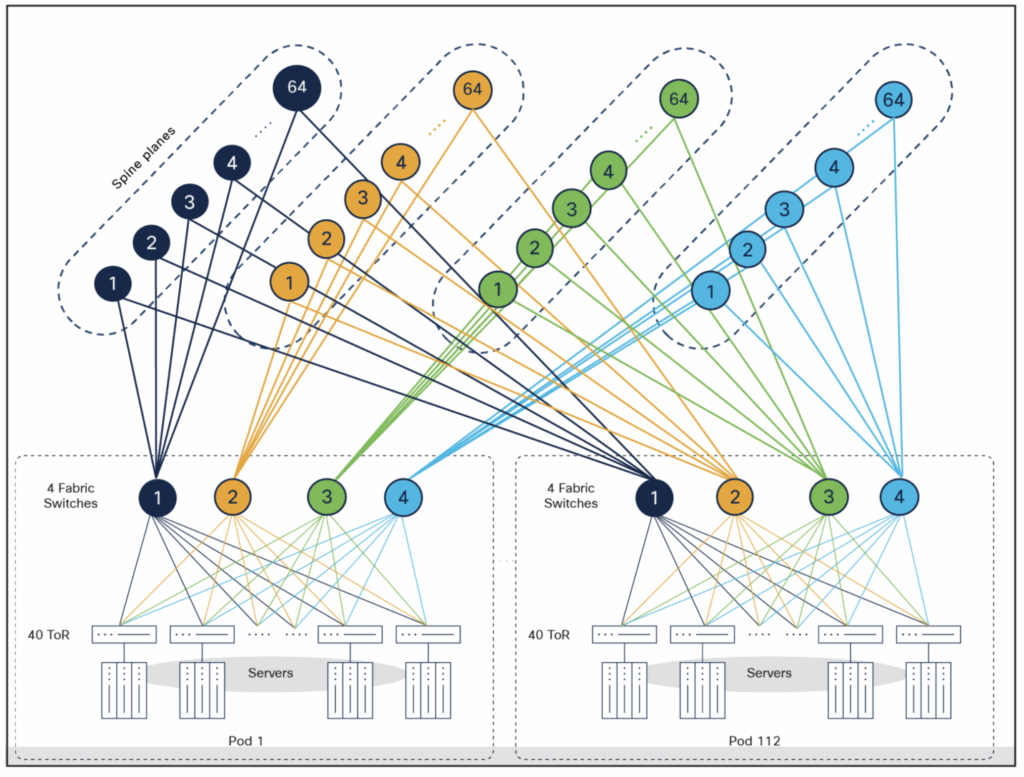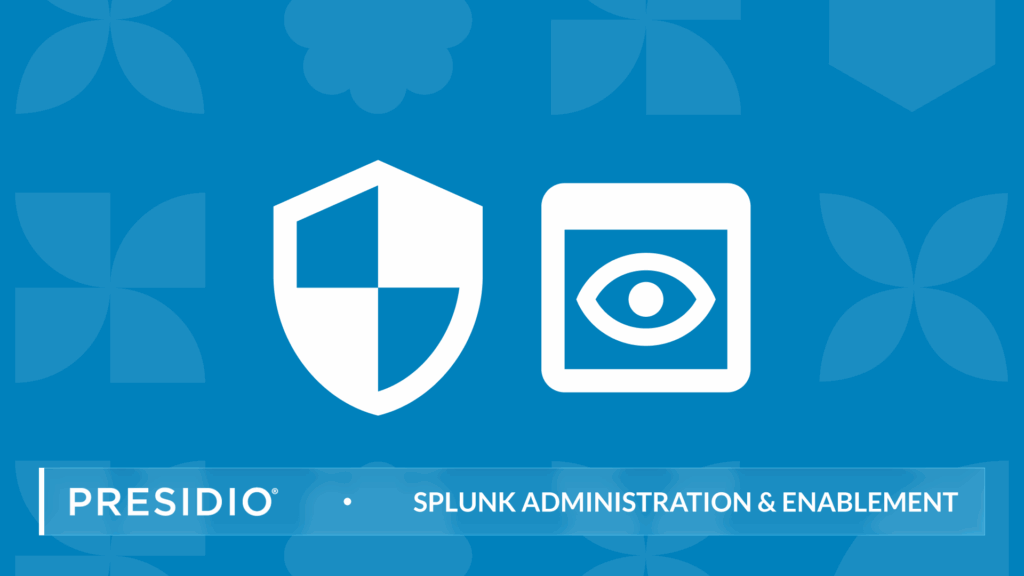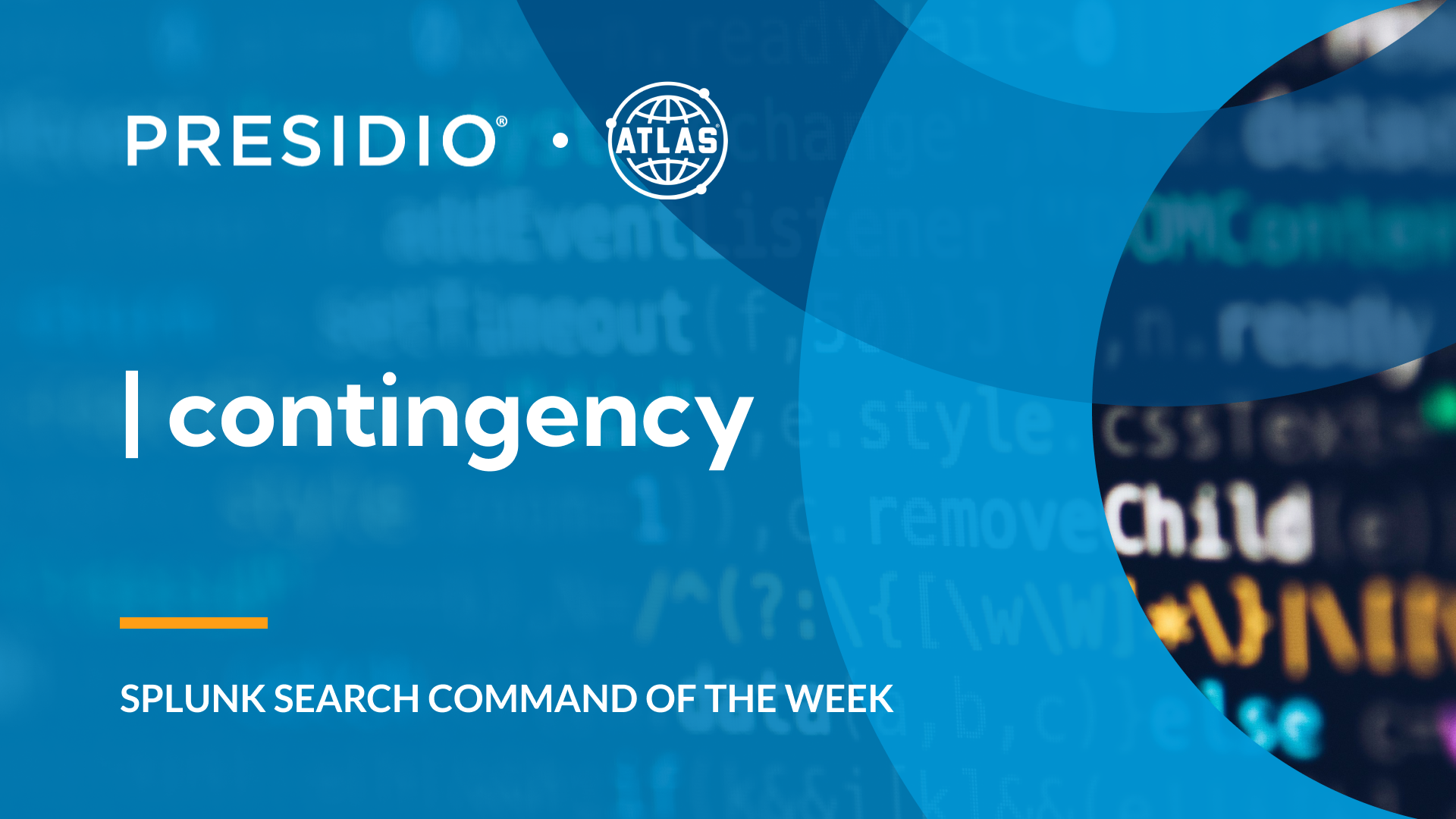Why Security & Observability Can No Longer Be Separate
In the past, security and observability operated as distinct disciplines within IT organizations. Monitoring tools focused primarily on tracking system performance and availability, while security solutions concentrated on identifying and mitigating threats. This division made sense in simpler, more contained environments, but it has become increasingly unsustainable as infrastructures grow more complex.
As a result, the imperative for resilience has taken center stage. Organizations now demand platforms that not only prevent breaches but also ensure consistent performance even under stress or attack. By unifying security and observability, teams can achieve a holistic view that enables proactive responses, ultimately safeguarding critical operations and reducing the risk of costly disruptions.
Cisco & Splunk: A Combined Architecture for Resilience

Following Cisco’s acquisition of Splunk in 2024, the two companies have accelerated their integration efforts, culminating in innovative solutions tailored for the AI era. At the heart of this collaboration is the Cisco Data Fabric, announced in September 2025 at Splunk .conf. This architecture transforms vast amounts of machine data into AI-ready intelligence, unifying telemetry, context, and data movement across edge, cloud, and on-premises environments.
The Data Fabric provides a flexible, open foundation that simplifies data management while embedding AI capabilities throughout the lifecycle. It supports cross-domain real-time search and analysis, allowing organizations to query data where it resides without costly migrations. Features like the upcoming Time Series Foundation Model enhance pattern analysis for anomaly detection and forecasting, making it easier to anticipate issues before they escalate.
Complementing this is Splunk Pods, which extend Splunk’s observability platform into highly distributed architectures. Built on Cisco AI Pods, these modular solutions incorporate UCS servers, Nexus networking, and Splunk’s analytics to support AI workloads efficiently. They enable seamless scaling for enterprise AI, integrating security and observability to monitor pods in real-time and ensure resilient operations.
Extending Observability Into Security Context
The evolution of observability goes beyond mere system health monitoring; it now encompasses real-time detection and response to security anomalies. This shift allows teams to move from reactive troubleshooting to proactive threat mitigation, fostering a more robust infrastructure.
Breaking down silos between network performance and security data is key to achieving this. When telemetry from applications, infrastructure, and endpoints is correlated with security context, root cause analysis becomes far more efficient. For instance, what appears as a routine performance dip might reveal a DDoS attack or an exfiltration attempt when viewed through a unified lens.
A practical use case illustrates this convergence: In a hybrid environment, a latency issue in a critical application triggers an alert. With integrated tools like Cisco Data Fabric and Splunk Pods, teams can instantly cross-reference observability metrics with security logs, identifying the threat and isolating affected components without widespread disruption. This approach not only accelerates resolution but also minimizes potential damage, turning potential crises into manageable events.
Building a Resilience-First Infrastructure
Adopting a resilience-first approach yields significant gains in both performance and security. On the performance side, proactive issue detection and automated remediation help maintain uptime, even in dynamic environments. By leveraging AI-driven insights from the Cisco Data Fabric, organizations can forecast potential failures and optimize resource allocation seamlessly. Security benefits are equally compelling, with threat detection embedded at the data and network layers.
For regulated industries like finance, healthcare, and government, this unified visibility ensures compliance without added complexity. Practical tips for IT leaders include starting with an assessment of data flows in hybrid or multi-cloud setups, then gradually integrating these tools to focus on high-value assets. This strategy builds a foundation that absorbs shocks from disruptions while driving operational efficiency.
Business Impact & ROI

The true value of unifying security and observability emerges in measurable business outcomes. Fewer outages translate to reduced downtime costs, which can be substantial in mission-critical operations. With Cisco Data Fabric and Splunk Pods, organizations report dramatic improvements in mean time to detect (MTTD) and mean time to respond (MTTR), often cutting resolution times by significant margins. A consolidated tech stack also curbs tool sprawl, lowering operational overhead and simplifying management.
Next Steps for Leaders & Teams
To capitalize on these advancements, begin by evaluating your current observability and security coverage to pinpoint gaps. Next, pilot the integration of Cisco Data Fabric and Splunk Pods in a non-production setting to validate benefits. Finally, invest in training your teams on unified resilience frameworks, ensuring they can leverage these tools effectively for ongoing success.






